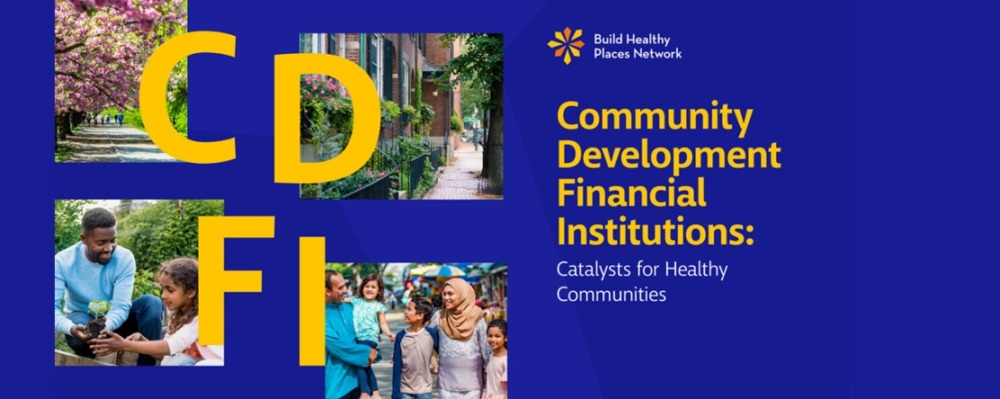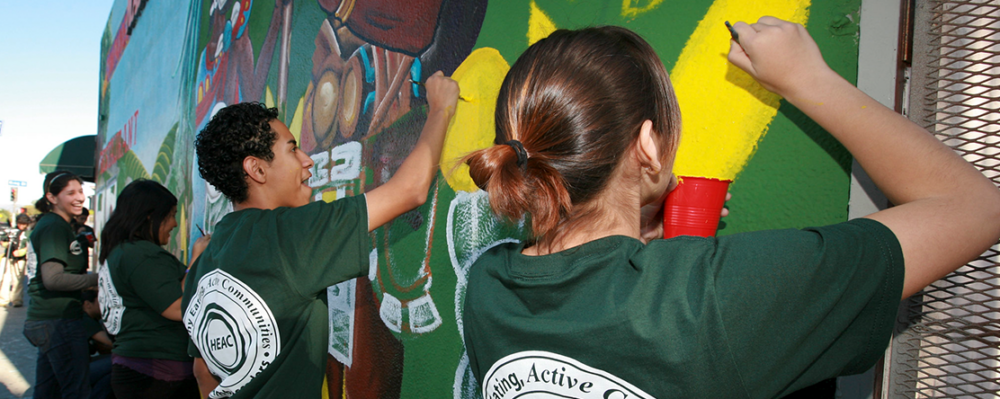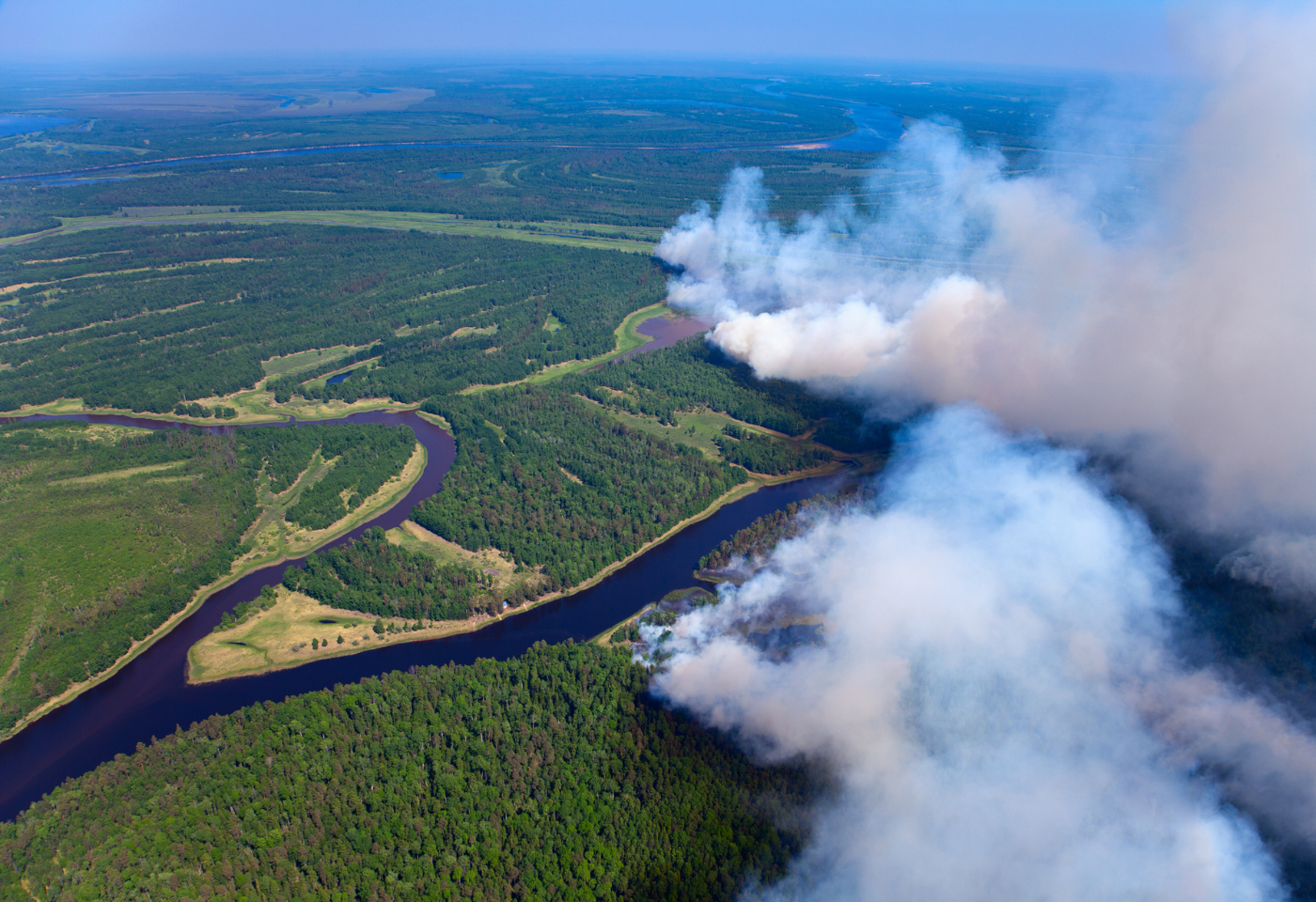
Climate and Community Health Factsheet: The Critical Role of Infrastructure in Building Resilience
-
Focus Areas
Environmental Health, Healthy Communities -
Issues
Climate Change, Community Development -
Programs
Build Healthy Places Network
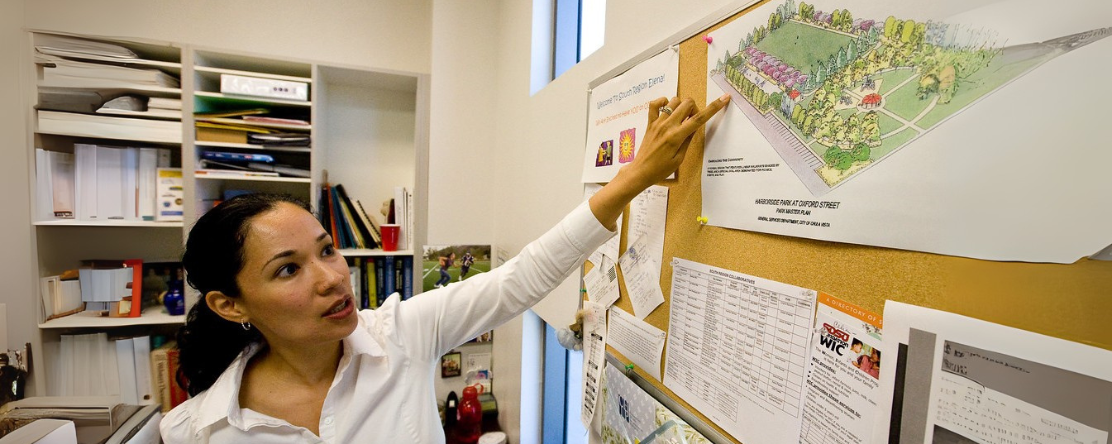
Climate and health are deeply interconnected. What once seemed like separate challenges are now recognized as intertwined, with climate resilience being an urgent public health priority in the face of intensifying extreme weather events. Strategic investment in community infrastructure today can prevent health crises in the future.
This resource from PHI’s Build Healthy Places Network examines the increasing connection between climate and health, and how community infrastructure investments are crucial to ensuring that all communities have a fair chance to thrive.
Inside the factsheet, you’ll find:
-
Key data and narratives on climate-related health disparities and solutions
-
Examples of community development organizations leading climate resilience work
-
Tools for building trust, collaboration, and other strategies to support climate resilience efforts
-
Community-led examples from Detroit, New Orleans, San Ysidro & more
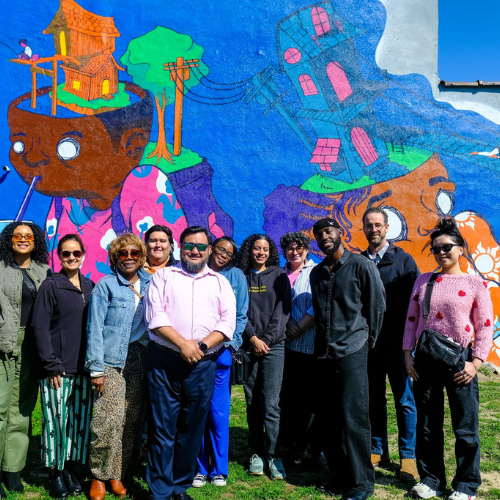
When community developers and health partners join forces, they don’t just build resilient infrastructure, they create healthier communities. As extreme weather becomes the norm, these partnerships represent a powerful approach for protecting health and wellbeing across the country.Authors
Climate and Community Health, Build Healthy Places Network, Public Health Institute
How Community Development is Counteracting Climate Change
- Affordable and Sustainable Housing: Housing construction, location, and energy use can reduce greenhouse gas emissions, and community development is well positioned to expand this by retrofitting existing homes for climate resilience.
- Job Creation: As climate-related health risks impact the workforce, community development finance institutions (CDFIs) can funnel funds into green jobs.
- Community Green Spaces: Green spaces combat climate change by providing shade, absorbing carbon dioxide, and promoting walking or biking over fuel-burning vehicles.
- Meaningful Engagement and Trustworthiness: Racial and ethnic minorities experience a disproportionate burden of environmental hazards. Sustainable solutions should therefore account for historical injustices and the lived experiences of residents by building trust and incorporating community decision making.
Where to Start
When exploring partnerships at the intersection of climate and health, whether with public health, hospitals and healthcare systems, or government, the following questions will help you uncover opportunities for collaboration and evaluate each organization’s priorities, capacity, and pain points to build your case for partnership:
- Is climate resilience a priority in the healthcare institution, or the public health department’s Community Health Needs Assessment (CHNA)? For example rehabilitating existing housing stock or expanding green spaces? Are there regional adaptation efforts underway?
- For those prioritizing climate resilience, hospitals that are part of a bigger healthcare system might have their own foundations with earmarked community investments and may be ready for partnership.
- How do community members view both your organization and your potential healthcare partners? Is there trust? Where might relationships need repair, and what steps will help rebuild trust and credibility, ensuring community voices are centered in your approach?
- What existing networks can amplify your climate and health work and create pathways to health partnerships? Consider national networks such as National Academy of Medicine’s Climate Communities Network that connects community organizations in disproportionately impacted areas, as well as local coalitions that bridge health and environmental justice.
Work With Us
You change the world. We do the rest. Explore fiscal sponsorship at PHI.
Support Us
Together, we can accelerate our response to public health’s most critical issues.
Find Employment
Begin your career at the Public Health Institute.
